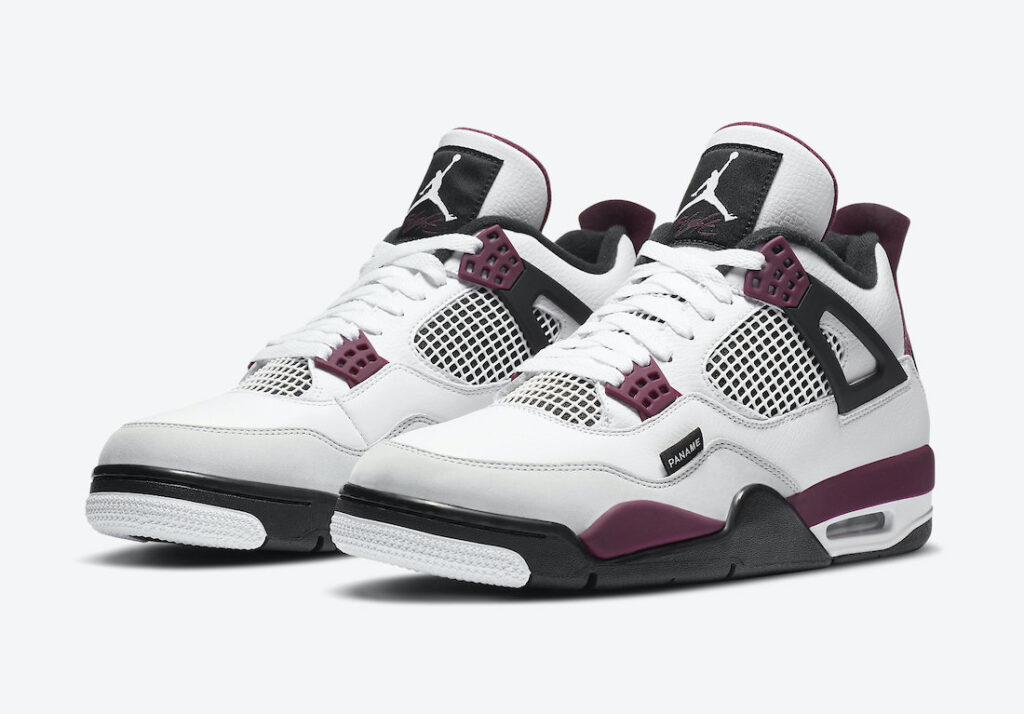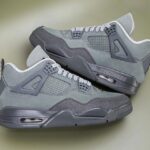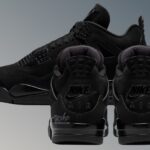“`html
Chasing the Elusive: Air Jordan 4 “Bordeaux” Price Comparison and Deals
The Air Jordan 4, originally released in 1989, stands as a monumental silhouette in sneaker history, being the first Air Jordan model released on the global market and famously designed by Tinker Hatfield. When it comes to highly sought-after sneakers like any Air Jordan 4, prices can vary wildly between retailers and resellers. Comparing prices is crucial to ensure you’re getting a fair deal and not overpaying, especially for a colorway as unique as a hypothetical “Bordeaux.”
Retailer Comparison
As the Air Jordan 4 “Bordeaux” is not a standard, general retail release from Nike or Jordan Brand, you won’t typically find it stocked at primary retailers like Nike.com, Foot Locker, Finish Line, or JD Sports at a set retail price (which for most new Air Jordan 4s is around $210-$225 USD). If such a colorway were to be officially released, these would be the initial places to check. However, for non-standard or older releases, the primary market is no longer an option.
Resale Market Analysis
The Air Jordan 4 “Bordeaux,” if it exists (perhaps as a custom, a sample, or a very limited past concept), would predominantly be found on resale platforms. Key marketplaces include:
- StockX: Prices here are dynamic, based on supply and demand. You’d likely see a significant premium due to the rarity or uniqueness of a “Bordeaux” AJ4. Expect prices to be well above original retail, potentially ranging from $300 to $700+ depending on condition, size, and seller.
- GOAT: Similar to StockX, GOAT offers new and used pairs. Prices would be comparable, influenced by rarity and condition. They also have a robust authentication process.
- eBay: A wider range of prices can be found here, from individual sellers. Buyer diligence is key. Prices could fluctuate even more wildly, but there’s potential for a deal if you’re patient and careful.
Factors affecting resale prices for a unique colorway like this include:
- Rarity/Exclusivity: A non-standard colorway would be inherently rare, driving prices up.
- Condition: Deadstock (brand new, unworn) pairs command the highest prices. Used pairs will vary based on wear.
- Size: Popular sizes often have higher demand and thus higher prices.
- Hype and Collaborations: If it were tied to a specific artist or event, hype would inflate the price.
- Seller Reputation: Established sellers with good feedback can often charge slightly more.
Currently, finding an *official* Air Jordan 4 “Bordeaux” listed on these platforms is unlikely, as it’s not a recognized official colorway. You might find custom-made versions, which would have their own unique pricing based on the artist’s skill and materials.
Tips for Finding Deals
Securing a deal on a rare or hypothetical sneaker like the Air Jordan 4 “Bordeaux” is challenging, but here are some general tips:
- Be Patient: Prices on resale markets can fluctuate. Monitor listings over time.
- Consider Used: If you’re okay with pre-owned sneakers, you can often find them for significantly less than deadstock pairs, especially on platforms like GOAT (used section) or eBay.
- Negotiate (Where Possible): On platforms like eBay, some sellers accept offers. Don’t be afraid to make a reasonable offer.
- Follow Sneaker Communities: Join forums, Discord servers, or social media groups dedicated to sneakers. Members sometimes sell or trade, and you might find leads.
- Beware of “Too Good To Be True”: If a price seems unbelievably low for a rare item, it’s often a scam or a counterfeit product.
- Factor in Fees: Remember that platforms like StockX and GOAT include authentication, processing, and shipping fees, which add to the final cost.
Authenticity Guide: Spotting Fake Air Jordan 4s
With high resale values come counterfeits. Here’s how to look for real Air Jordan 4s:
- Overall Shape and Profile: Familiarize yourself with the authentic AJ4 silhouette. Fakes often have an incorrect toe box shape (too boxy or too flat) or a sloppy heel.
- Stitching: Authentic Jordans have neat, consistent, and high-quality stitching. Messy, frayed, or uneven stitching is a red flag.
- Tongue Tag: The “Flight” script and Jumpman logo on the tongue tag should be crisp and well-defined. Check the spacing and font. The underside of the tongue tag should have “AIR JORDAN” stitched upside down cleanly.
- Netting: The plastic netting on the sides and lower tongue should be properly aligned and feel sturdy, not flimsy. The angle of the netting matters.
- Jumpman Logo: Check the Jumpman logo on the heel tab (if applicable to the specific AJ4 model) and outsole. Proportions should be correct, with no overly thick limbs or misshapen hands/feet.
- Air Unit: The visible Air unit in the heel should be clear and well-formed. Fakes might have cloudy or poorly made units.
- Box and Label: The box quality, printing on the label (font, spacing, UPC code), and any included accessories should match official releases. The label details should perfectly match the shoe.
- Smell: Authentic Nikes usually have a distinct factory smell. A strong, overwhelming chemical or glue smell can indicate a fake.
- Buy from Reputable Sources: Stick to trusted resale platforms like StockX and GOAT that offer authentication services, or buy from highly-rated, long-standing individual resellers.
Conclusion
Getting the Air Jordan 4 “Bordeaux” is tricky. It’s not a shoe you find in everyday stores. You need to look on special websites where people sell rare shoes. Prices can be very different, so look around. Make sure the shoes are real before you buy them. If you do your homework, you can find cool shoes and not get tricked.
“`



